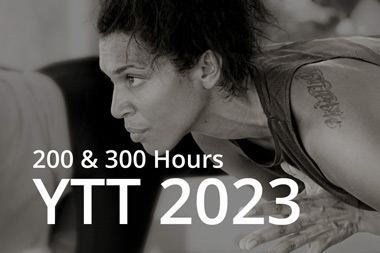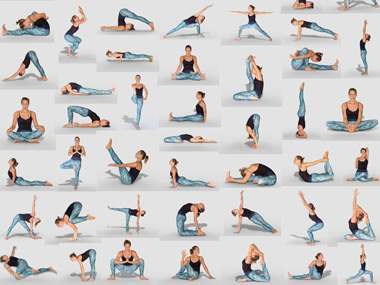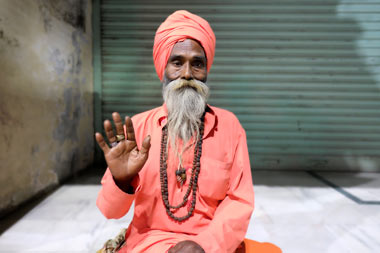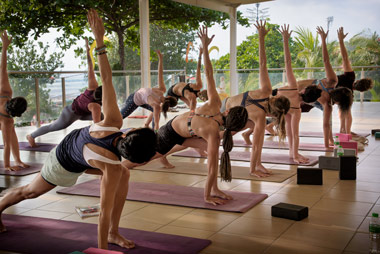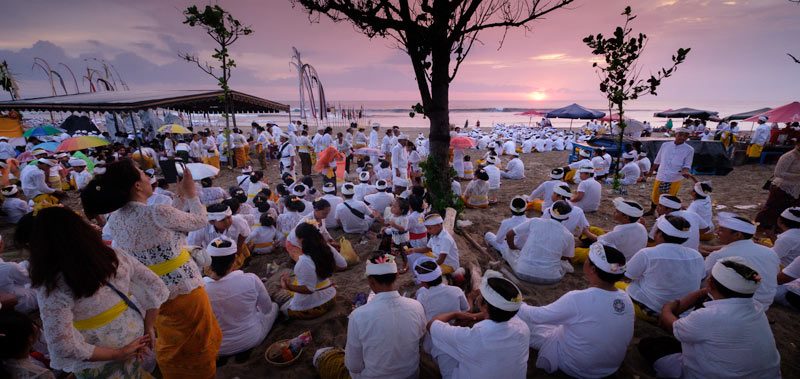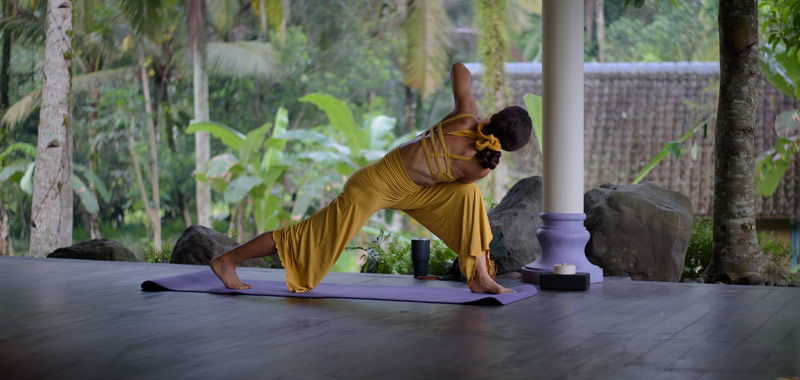The Births of 4 Major Yoga Types, Roots & Connections
A healthy mind in a healthy body
While the title of “father of modern Yoga” is often attributed to T. Krishnamacharya (1888-1989) if you associate Yoga with Physical practice and “postures” then the title of “mother of modern Yoga style” surely should be given to Hatha Yoga.
But why? You might ask. Well, you see, Yoga used to be a mostly spiritual practice up until around the 10th century when most Asanas were developed, these new practices were only shared in very secretive groups until the 15th century, when Yogi Swami Svatmarama released Hatha Yoga Pradipika. After that came 2 more books, Shiva Samhita and Gheranda Samhita, which further described Asanas and made Hatha Yoga accessible to a greater public.
Should the body be unhealthy, the mind will be negatively affected by it and vice versa. Making physical practice a necessary addition to the already established spiritual practice. This allowed for the birth of “postural” Yoga where Asanas play a major role.
“Modern” Yoga
Hatha Yoga’s eight limbs path “Raja Yoga” is the pioneer of modern ‘postural’ Yoga Style and has been used as foundation for the creation of many other Yoga types, and practices.
Most notably T. Krishnamacharya, from Hatha Yoga developed Vinyasa Krama Yoga.
His students B. K. S. Iyengar developed Iyengar Yoga, and K. Pattabhi Jois developed Ashtanga Vinyasa Yoga. Yin Yoga was inspired by Hatha while also taking energetic concepts from Daoism.
While in modern times spiritual practice is often left aside and “Yoga” is practiced as an exercise for its posture’s health benefits, the vast majority of those practices such as Power Yoga, Power Hatha, Vinyasa flow, Hot yoga, Yoga Pilates come from the styles listed above.
Hatha Yoga
In Hatha Yoga, Asanas are not only used to ease us into sitting still for hours meditating, and calm the mind. They are also used to help in treating different medical conditions. That is why Hatha Yoga was often thought of as a medical practice.
This style practices a broad catalog of Asanas but also compiles Pranayamas, Mudras, Shatkarmas, Meditation, and Bandhas.
Hatha Yoga sequences can be created with intention and health benefits in mind and still never repeat themselves making it a great style for expressing creativity.
Being the foundation of most modern Yoga and closely related to more, Hatha Yoga is ideal for building a solid understanding of the physical and philosophical practice of Yoga. Whether you are a beginner or an intermediate yogi we highly recommend you use Hatha Yoga as a stepping stone to the Yoga world.
Vinyasa Krama Yoga
Nowadays simply referred to as Vinyasa, its main difference with its predecessor, Hatha, is the binding of movement and breath together.
This Yoga style focuses on the flow of Asanas, and fluid transitions between all of them. Because it’s the journey that should be focused on, the destination merely comes as a result of said journey. People are unique and Vinyasa, like Hatha, is a practice that can be shaped around one’s needs and capabilities.
A common misconception about Vinyasa Flow is that it has to be fast-paced, but it’s only about the flow, the rest is all up to you.
Bringing a lot of new poses and variations, the Vinyasa style is the best style to express creativity in sequence building and, along with Hatha, the sturdiest foundation to build your Yoga path on.
Ashtanga Vinyasa Yoga
Ashtanga Vinyasa Yoga, you might have guessed it, borrows a lot from Vinyasa, mainly the combining of movement and breath, and Surya Namaskara, while also adding its own touch making it a very unique style in its own right.
Like its predecessors it focuses on building a strong body, purifying it along with the mind, and exploring within oneself to reach one’s true potential. Its practice must be regular and strenuous to reach its true self-improvement potential. Unlike Hatha and Vinyasa, Ashtanga consists of 3 series of Asanas (primary, intermediate, and advanced series) and does not ever deviate from it.
And finally, Tristana is Ashtanga’s most distinguishing feature, a threefold approach to Asana practice consisting of Ujjayi Pranayama (breathing technique), Bandhas (energy lock), and Drishti (focal point).
This practice makes Ashtanga one of the most intense Yoga styles out there and a perfect practice for those who look forward to challenging themselves or those who need to spend an over abundant amount of energy and learn focus.
Yin Yoga
The term Yin originated from the ancient Chinese philosophy of Daoism of the YinYang concept. This term is used to describe the relationship of all phenomena in nature, including our body, mind, and energy.
Yin yoga is fundamentally a practice to establish balance from the more Yang style of yoga & the fast phase of our modern lifestyle. Yin yoga is a practice done with a much slower phase & less dynamic compared to most other modern yoga practices. It aims to marinate a deeper & more hidden part of the physical body, like fascia, joints, & bones; as well to stimulate subtle parts of the energetic body on emotional & mental levels.
When practiced intelligently, Yin yoga is a powerful tool to explore our range of motion (ROM) and balance the Qi flow in the energetic channels of the body known as meridians in order to establish homeostasis and harmonious relationship between internal organs; And with mindful practice, Yin yoga may as well assist to recalibrate our emotional & mental wellbeing.
